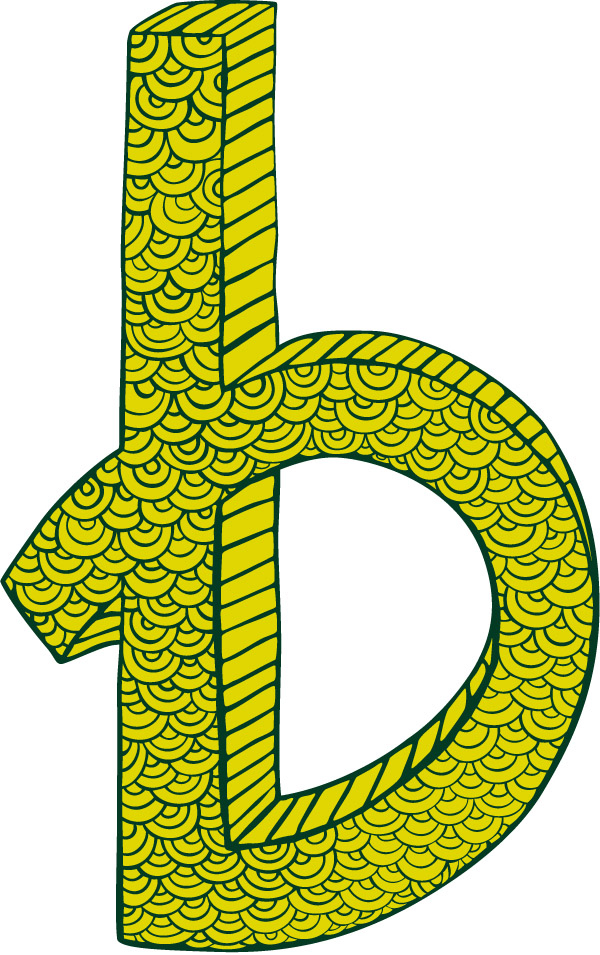At first glance all of the lettering in the logo's looks quite similar. They are all very bold and edgy. Each company wants it's logo to convey the feeling of speed, so they are all italicized as if they were charging down a trail or road. Bicycle companies don't want to be "generic" so they generally don't employ a pre-made font in their logos, instead opting for custom lettered type.
Thus far I have focused more on the wordmark part of the logos, but as you will notice each logo also has a second element. Specialized has a large stylized S as part of it's logo. I found the website for the company that designed the logo (I think just the S and not the wordmark) and it was stated that the logo was designed "specifically for their bike's narrow headtube." Here is a link to that article: http://www.thebrandgarage.com/?page_id=306
Next is Kona, they use a gear shaped element for part of their logo. Since their name is so much shorter it is easier to employ it on different sections of their bicycles (for example the skinny headtube). And finally we get to Niner's logo. Their logo features a large 9. I think out of the three logos I have looked at, it is the most fitting. The big advantage to a 29er is it's larger wheel size, which helps with rolling over obstacles, gives additional speed, and improves traction. The large 9 conveys these ideas well.
Specialized is the oldest company out of these three. They introduced the first mass production mountain bike to the marketplace in 1981. Oddly enough the wordmark part of their logo has changed very little since the early '80s, yet still feels modern.

Kona is the second oldest company out of these three, it was founded in 1988. Although the name comes from Hawaii and many of their bikes have Hawaiian themed names, the company is based out of Ferndale, Washinton and Vancouver, BC. For a company that is only a little over 20 years old their logo has changed quite a few times, I saw about 4 different variations on one page of a google image search.

Niner is the youngest of the three companies, I could not find an exact date, but 29ers started to gain popularity in the early 2000s. Although the trend really took off about 10 years ago, I think Niner is only about five or six years old. They are the smallest of the e three companies, and are more independent, and their logo reflects this. Not that the other two companies are generic or feature generic logos, but they can be distinguished as larger companies.

All of these logos have a wordmark and a separate logo element that can be used on their bikes or for promotional material. Using the other logo element alone is an interesting concept. Usually when you see companies logo, such as Adobe's A logo, it is accompanied by the companies name. Certain brands that have become household names such as Nike will employ their symbol alone, but that is because every one knows them. With a more specialized company such as bike companies, not everyone will recognize the symbol. But the companies will still use the symbol alone on different promotional materials. It's as if recognizing the logo entitles you to membership in an exclusive club.
It would have been neat to look at the logos of specific bikes from these brands but that would have led me far astray and made for a post that was far too long.









